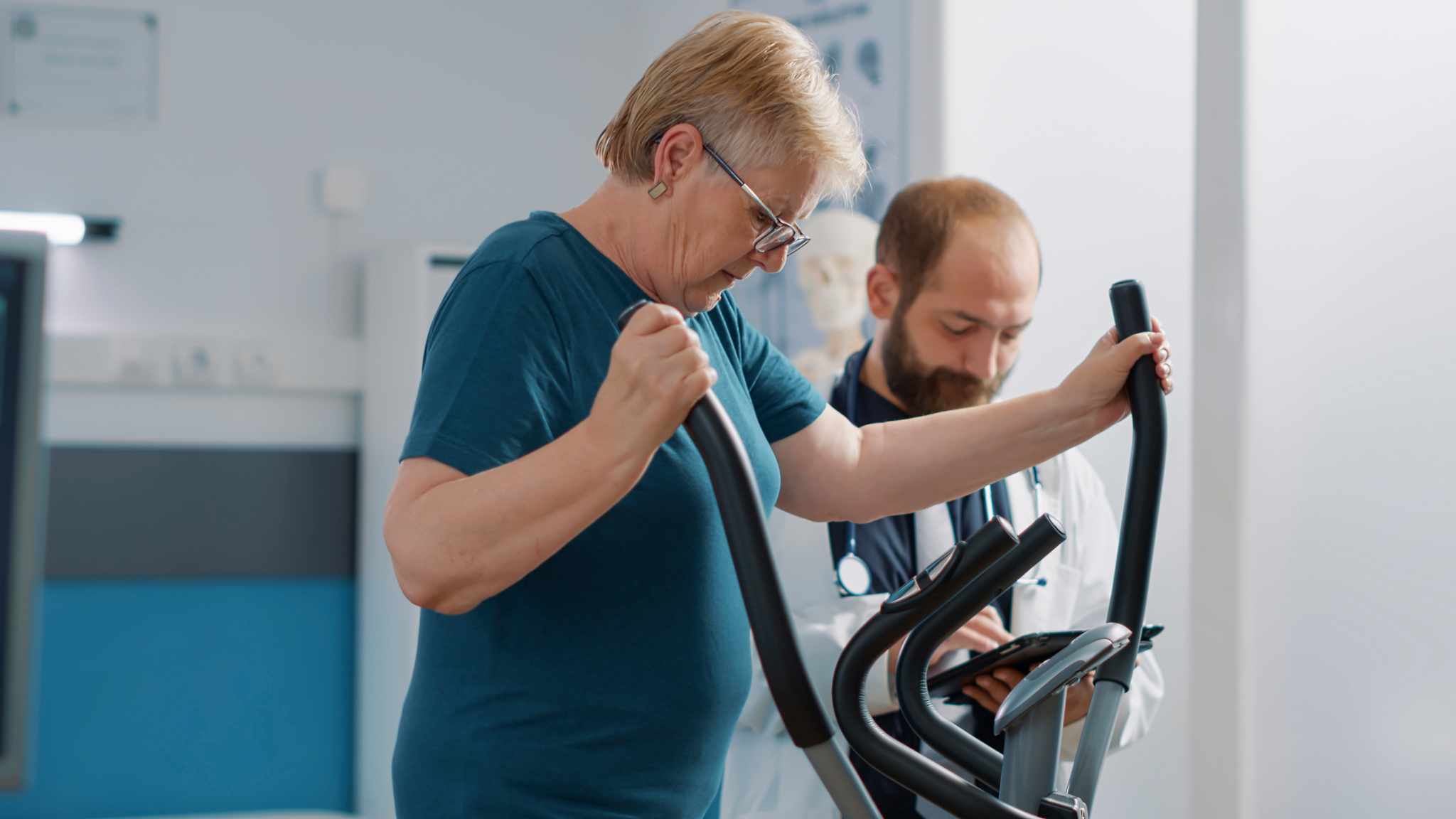At SELFLOOPS, we’re passionate about revolutionizing the fitness journey in clubs and gyms. Our advanced heart rate tracking technology is designed not only to improve the training of your clients but also to boost their adherence to regular workouts, thus enhancing their overall wellness and health.

Precision Heart Rate Monitoring
- Tailored Workouts: Utilize accurate heart rate data to create personalized training programs, ensuring clients train effectively for their health and wellness goals.
- Real-Time Feedback: Keep your clients engaged with immediate insights, helping them understand and optimize their workouts.
Gamification for Enhanced Motivation
- Points and Levels System: Introduce an exciting points system where clients earn rewards for sticking to their training routines.
- Achievable Milestones: Set up levels for clients to reach, turning their fitness journey into a rewarding game.
Engaging Challenges
- Friendly Competitions: Boost motivation with challenges that encourage clients to push their limits in a fun and supportive environment.
- Community Engagement: Create a sense of camaraderie and friendly rivalry, making workouts enjoyable and social.
Boosts Client Retention
- Consistent Engagement: Keep your clients coming back with an engaging and rewarding fitness experience.
- Visible Progress: Help clients see tangible improvements, enhancing their commitment to regular gym visits.
Easy Integration and User-Friendly
- Seamless Integration: Effortlessly integrate SELFLOOPS with your existing gym infrastructure.
- Intuitive Platform: A user-friendly interface ensures both your staff and clients can easily navigate and enjoy the full benefits of our technology.
Commitment to Safety and Data Security
Health-Focused Training: Monitor vital health metrics to ensure clients exercise within safe limits.
Secure Data Handling: Trust in our commitment to the secure handling and transmission of all health and fitness data.

SELFLOOPS is more than just a fitness tool; it’s a comprehensive solution to invigorate your fitness club’s atmosphere and retain clients. By combining heart rate tracking with an engaging gamification system, we offer a unique approach to wellness and health. Elevate your club’s experience with SELFLOOPS and witness how technology can transform the way your clients work out. For more information or to experience how SELFLOOPS can benefit your club, please contact us.




